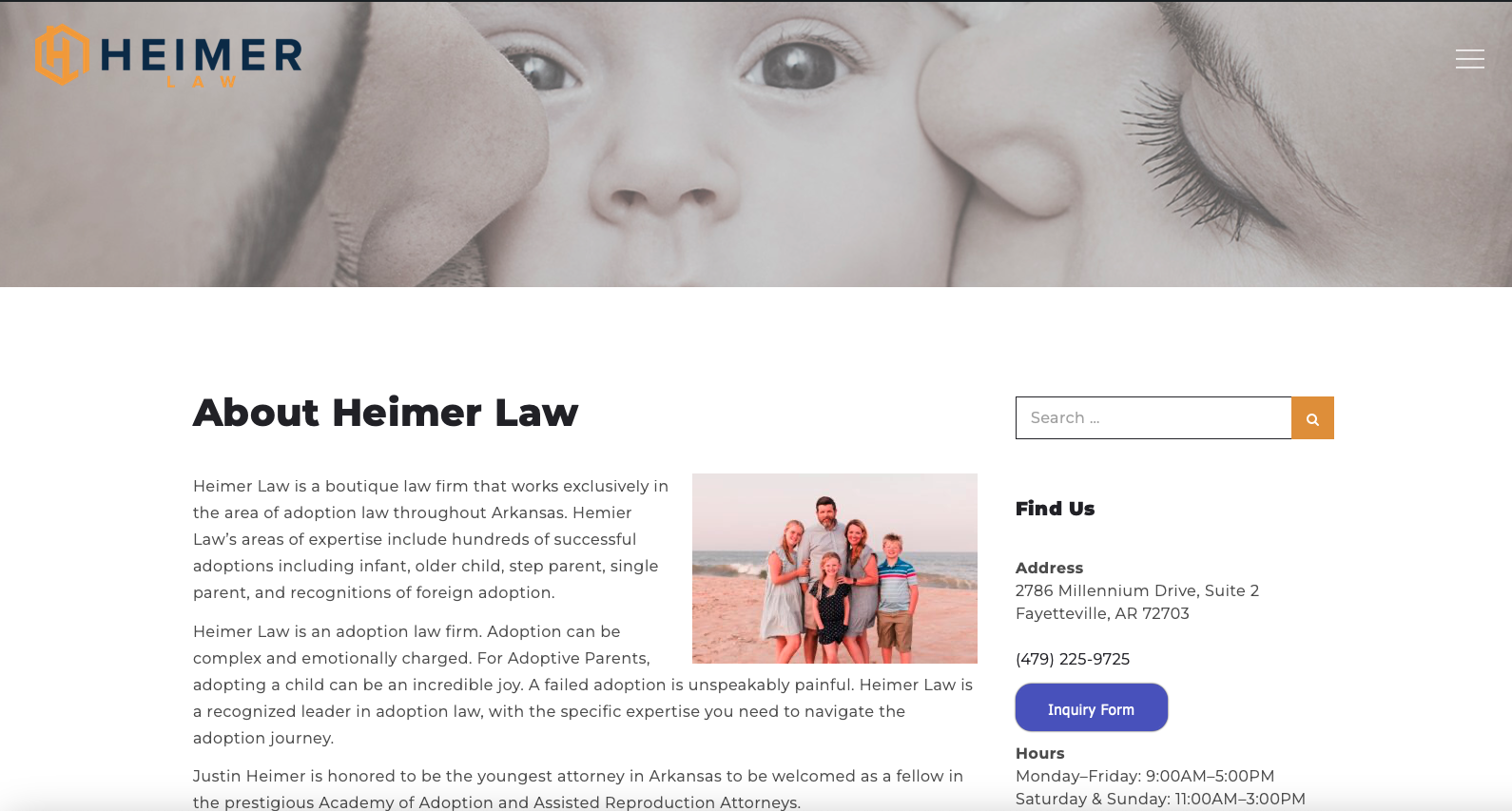Your cart is currently empty!

Page by Page: About Us
The About Us page may be the most misused page on the average website. Some designers use it as a catch-all for all the random things the client wants, as though no one would ever look at it. Some site owners use it as a “Why choose us?” page, as though everyone would look at it.
The truth is more complex.
Who sees your About Us page?
On average, about 10% of y0ur visitors will reach your About Us page. The number will be higher if your industry is one in which trust is very important, such as the medical, insurance, or financial fields. Your patients care about your education, experience, and other qualifications if you’re a doctor; if you’re selling shoes, they probably don’t care.
Even in fields where it’s natural for people to check qualifications, visits to the About page are rarely very high — in fact, if we see rates far above 10%, we know the site has too little information, because visitors are going in desperation to the About page when they can’t find the answers they want.
Does this mean that the About page is unimportant? By no means. The About page is often the last stop before a visitor hires you or sends you money. People are likely to call you from this page, or to leave and drive to your office — neither of which will show in your analytics, but both of which are key to your success.
The About page in the screenshot at the top of this page is for a nonprofit. It’s not a fancy page and there’s not a lot of text on it.It has a clear statement about the vision and mission of the organization and links to the kinds of information people want before they donate money.
What’s the About Us page’s job?
 The About page is a very important page with a clear job: reassurance. Another example is the screenshot below, which shows the site owner’s credentials, education, and philosophy — all things that increase trust in visitors. This page also mentions the geographic region and the industry this company serves.
The About page is a very important page with a clear job: reassurance. Another example is the screenshot below, which shows the site owner’s credentials, education, and philosophy — all things that increase trust in visitors. This page also mentions the geographic region and the industry this company serves.


It’s certainly good to have the company’s location on this page, but it would be very bad to have it only on this page. Since most people never see it, the About page should be a secondary source of the kind of information all visitors might need to know. If the company’s location wasn’t shown on the home page (which it is), they might be fielding calls from people they couldn’t serve — frustrating on both sides.
SEO
The third important point about the About Us page is that SEO is not very relevant for this page. Almost nobody enters a website through the About page (again, if it’s a major landing page at your website, that’s a red flag showing design problems). You don’t want people to find this page easily in search. That’s not the right path through your sales funnel.
We don’t intentionally de-optimize About pages; we just write them entirely for the people, and especially for people who want one last confirmation that they’re making the right choice. The nature of the page is such that other pages from your website will come up ahead of it in search if you’ve built and written your website correctly.
Check your About Us page. Is it doing its job? Is it trying to do the job of the homepage, or has it become a sort of virtual lumber room cluttered up with things that don’t belong there? Does it send visitors to your Contact page? Is it easy for people who read your About page to go ahead and contact you or to make a purchase?
If your About Us page isn’t pulling its weight, a redo should go on your list of action steps to improve your website for the coming year.
by
Tags:
Comments
2 responses to “Page by Page: About Us”
Just spoke with Julianne, what a treat! She is a true asset to the company. Look forward to working with her in the future. Miss seeing Rosie and Rebecca.
Jerry
She’s a treasure, isn’t she? We’re all looking forward to working with you again — Rosie asked right away if you’ve been flying lately, and Julianne didn’t know!

Leave a Reply